Gyeongbokgung Palace Jagyeongjeon Tea Ceremony (경복궁 자경전 다례체험행사)
1.3Km 12065 2020-03-12
161, Sajik-ro, Jongno-gu, Seoul
• 1330 Travel Hotline: +82-2-1330 (Korean, English, Japanese, Chinese) • For more info: +82-2-3210-4683
This traditional tea ceremony experience takes place at Jagyeongjeon Hall in Gyeongbokgung Palace every Saturday and Sunday. Participation is by reservation on a first come, first serve basis.
The ceremony includes a tea culture demonstration and experience, making honey cakes, traditional etiquette introduction, and lectures related to tea culture. To participate in the tea ceremony, download the application form from the Korea Cultural Heritage Foundation website and submit the form through email.
Seodaemun Independence Park (서대문독립공원)
1.3Km 28878 2022-12-15
251, Tongil-ro, Seodaemun-gu, Seoul
+82-2-3140-8305
Seodaemun Independence Park was built on the former Seoul Detention Camp. It was used to imprison thousands of Korean independence activists until the liberation from the Japanese occupation on August 15, 1945, as well as the political prisoners during the political turmoil in the 1960s. When the prison was moved to Uiwang-si, Gyeonggi-do in November 1987, the area was restored and turned into a memorial park in August 15, 1992 to honor the sacrifices of the martyrs. The park preserves seven prison buildings, an execution ground, underground women’s prison, and the March 1st Movement Monument that has been moved from Tapgol Park in Jongno.
One of the most significant monuments of the Seodaemun Independence Park is Dongnimmun Gate (Independence Gate), which has been designated a Historic Site. Nearby is Dongnipgwan (Independence Hall), originally called Mohwagwan, which was used to greet Chinese envoys during the Joseon dynasty. Today, the hall enshrines 2,327 tablets inscribed with the names of Koreans who died for the cause of national independence. Standing right next to Dongnimmun Gate are the remnants of Yeongeunmun Gate, another Historic Site. Other sights inside the park include the Patriotic Martyr Monument, Declaration of Independence Monument, and Statue of Dr. Seo Jae-pil, who was an independence activist and publisher of Korea’s first independent newspaper. The main highlight of the park is the Seodaemun Prison History Hall, a former prison building that was renovated into a history museum.
Halmaejip (할매집)
1.3Km 365 2017-02-01
1-5, Sajik-ro 12-gil, Jongno-gu, Seoul
+82-2-735-2608
Not like usual Gamjatang (pork back-bone stew), Halmajip’s Gamjatang uses only bean sprout and leek to make a refreshing soup taste along with red pepper powder, for a spicy flavor.
Irilju (일일주(日日酒))
1.3Km 195 2021-03-30
4, Sajik-ro 8-gil, Jongno-gu, Seoul
+82-2-738-1717
It is a delicious restaurant in Gwanghwamun with a good atmosphere. This Japanese (cuisine) restaurant is located in Jongno-gu, Seoul. The representative menu is salmon sashimi.
Lee Seo-yun Hanbok (이서윤한복)
1.4Km 15915 2020-04-11
7, Hyoja-ro, Jongno-gu, Seoul
+82-2-735-4250
Lee Seo-yun Hanbok seeks hanbok that blends both traditional Korean and western designs. It not only weaves fabrics for its own hanbok, but dyes them as well. The main items cover party dresses, wedding dresses, ornaments, cushions, and sitting cushions. Lee Seo-yun, the owner of the store, was responsible for clothing and ornaments shown in the Korean soap opera, Iljimae and his works have appeared in many soap operas, traditional Korean dance performances and fashion shows as well.
National Folk Museum of Korea (국립민속박물관)
1.4Km 173587 2019-03-19
37, Samcheong-ro, Jongno-gu, Seoul
Located inside Gyeongbokgung Palace, the National Folk Museum of Korea presents historical artifacts that were used in the daily lives of Korean people in the past. Through the displays, visitors can learn about the domestic and agricultural lifestyles, as well as Korea’s cultural beliefs.
The National Folk Museum of Korea has three permanent exhibitions and two special exhibitions as well as a library, souvenir shop, and other subsidiary facilities.
National Folk Museum of Korea Children’s Museum (국립민속박물관 어린이박물관)
1.4Km 15336 2019-03-18
37, Samcheong-ro, Jongno-gu, Seoul
+82-2-3704-4540, 4524
The Children’s Museum is a hands-on experience museum run by the National Folk Museum of Korea. A variety of visual aids and assembly models allow children to touch and feel pieces and experience folk history in an interactive way. The theme of the exhibitions consists of folk clothing, food, shelter, social life, and entertainment. The museum has a number of interactive spaces including a table set for an ancestral ritual, magnet miniatures depicting a baby’s first birthday, and an area where young visitors can build a folk house. Young learners can also create an avatar wearing in Hanbok, make kimchi using visual aids, or play gonu (a traditional board game). The museum also collects, preserves, and maintains relics and historical items related to youth and youth culture.
Jeongwol Daeboreum Event of The National Folk Museum of Korea (국립민속박물관 정월대보름 한마당)
1.4Km 5509 2021-04-23
37, Samcheong-ro, Jongno-gu, Seoul
• 1330 Travel Hotline: +82-2-1330 (Korean, English, Japanese, Chinese) • For more info: +82-2-3704-3142,
+82-2-3704-3127
The National Folk Museum is celebrating the first full moon of the Lunar new year, Jeongwol Daeboreum. A variety of experiences are prepared to eliminate bad luck and pray for prosperity and health. The event provides a chance for locals and tourists alike to learn more about the traditional culture of Korea.
The National Folk Museum's Korean Folk Performances for Visitors (국립민속박물관 우리민속한마당)
1.4Km 17882 2021-07-07
37, Samcheong-ro, Jongno-gu, Seoul
• 1330 Travel Hotline: +82-2-1330 (Korean, English, Japanese, Chinese) • For more info: +82-2-3704-3114
The National Folk Museum is the leading museum depicting Korean folk culture that attracts 3 million visitors every year. Every Saturday, the museum offers free performances where Korean music, traditional dance, martial arts, and mask plays are performed for Korean and international spectators to illustrate Korea’s major seasonal events, special exhibitions, and traditional intangible cultures.
Inwangsan Mountain (인왕산)
1.4Km 82971 2024-03-04
San 2-1, Muak-dong, Jongno-gu, Seoul
+82-2-2148-2834
Inwangsan Mountain is a rocky mountain located to the northwestern side of Seoul. It stands 338m tall. The Seoul City Wall is built along its ridge, connecting to the Baegak Mountain Trail. From the summit, one can see the three mountains of Naksan Mountain, Namsan Mountain, and the Bugaksan Mountain surrounding the historical center of Hanyang, the historical name for Seoul in Joseon period, with the Gyeongbokgung Palace at the center. There are five hiking trails, all taking about two hours to complete. It takes about three hours if you want to visit all the peaks of the mountain.
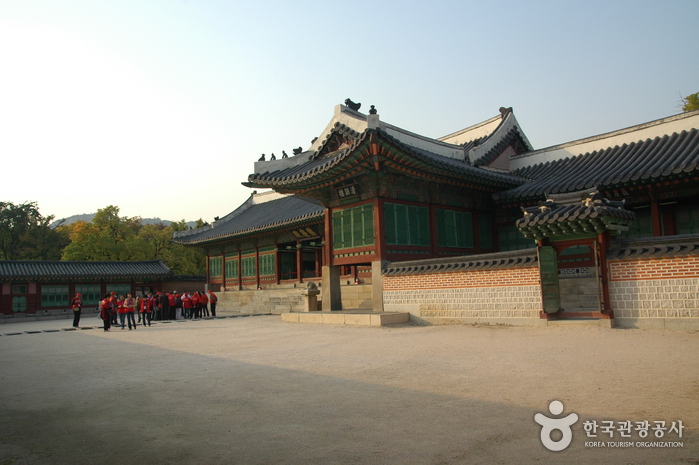

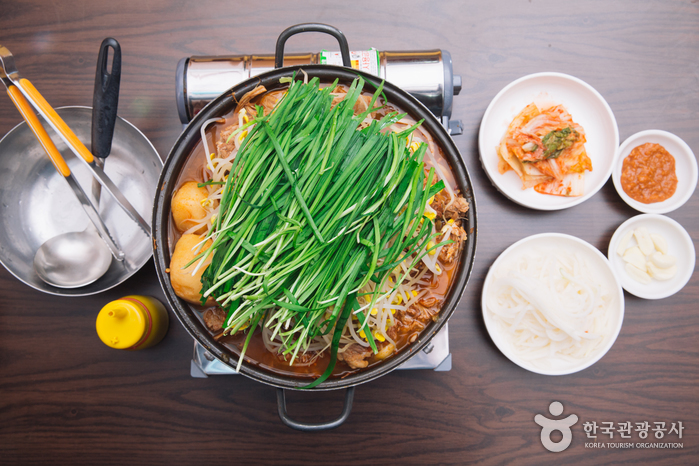
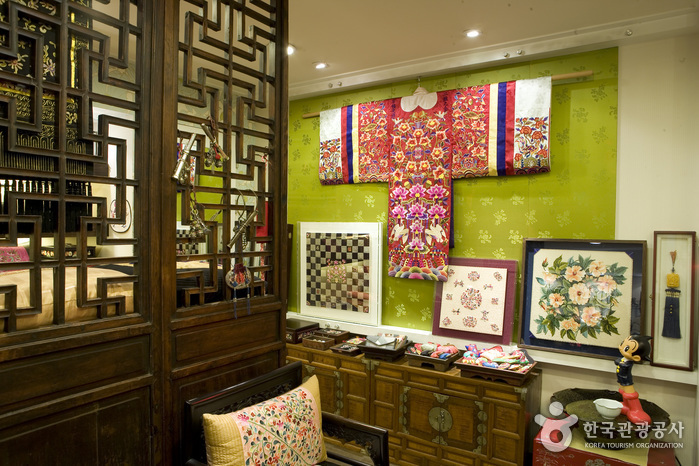
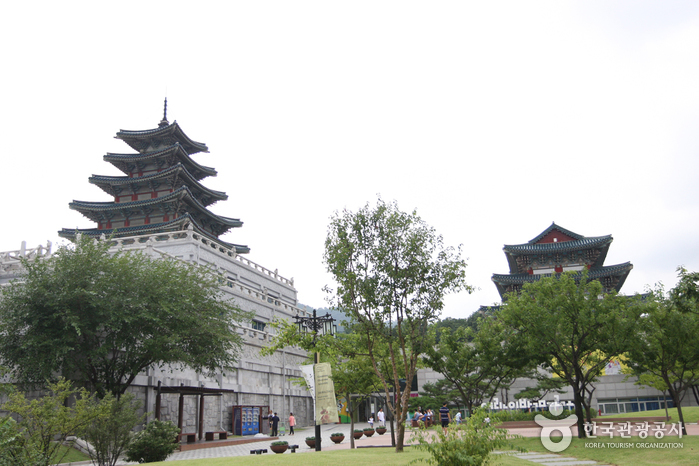
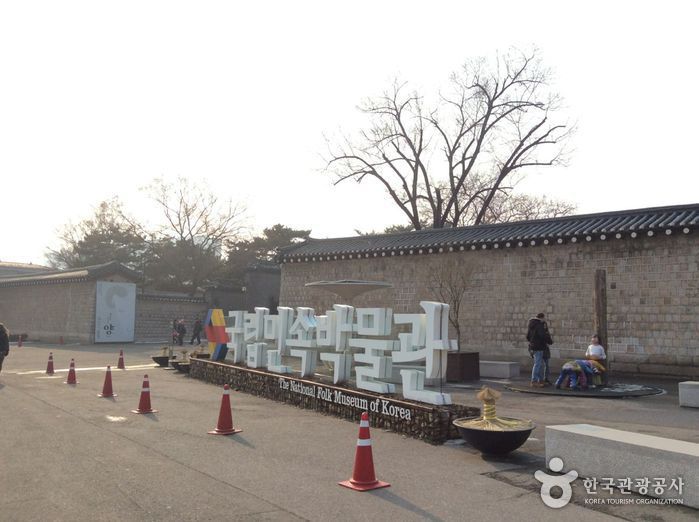
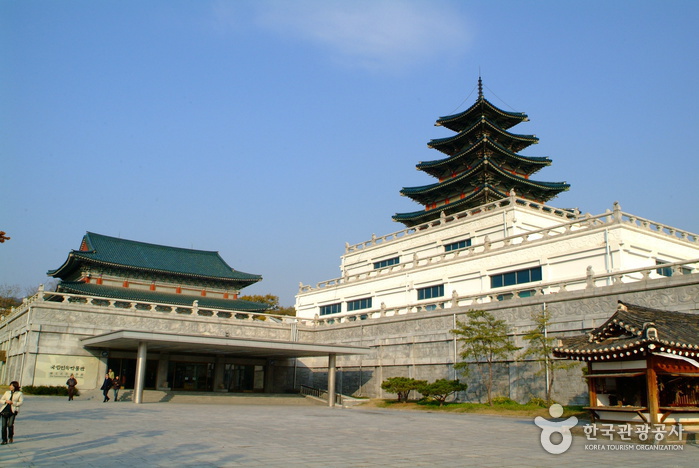
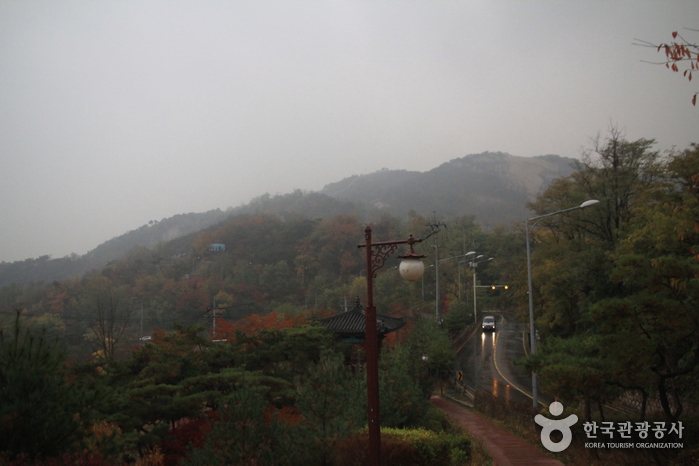
 English
English
 한국어
한국어 日本語
日本語 中文(简体)
中文(简体) Deutsch
Deutsch Français
Français Español
Español Русский
Русский